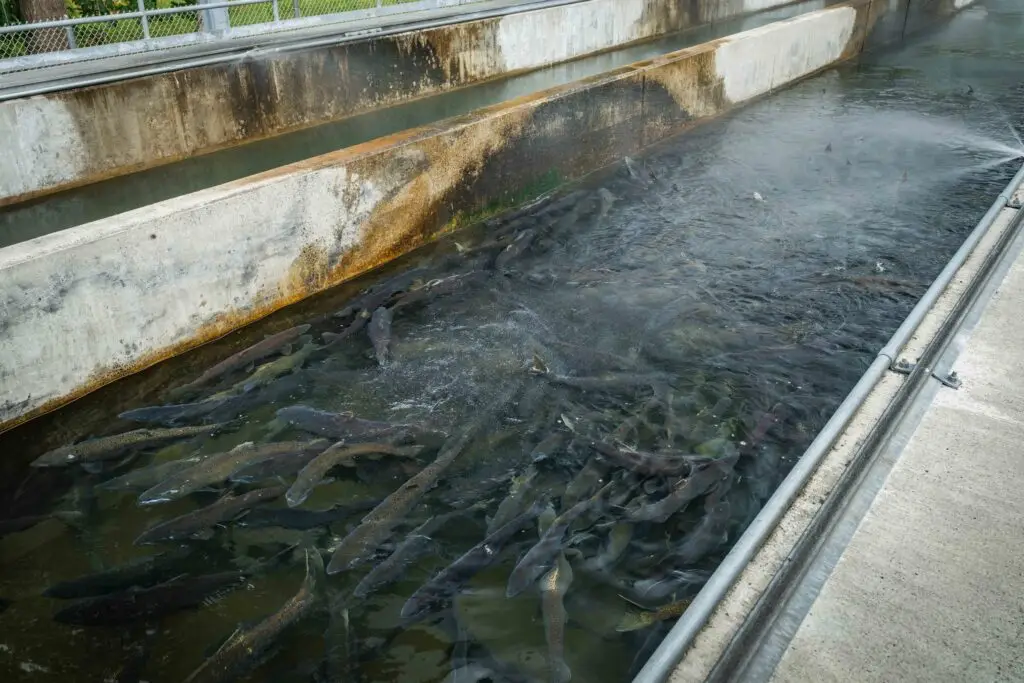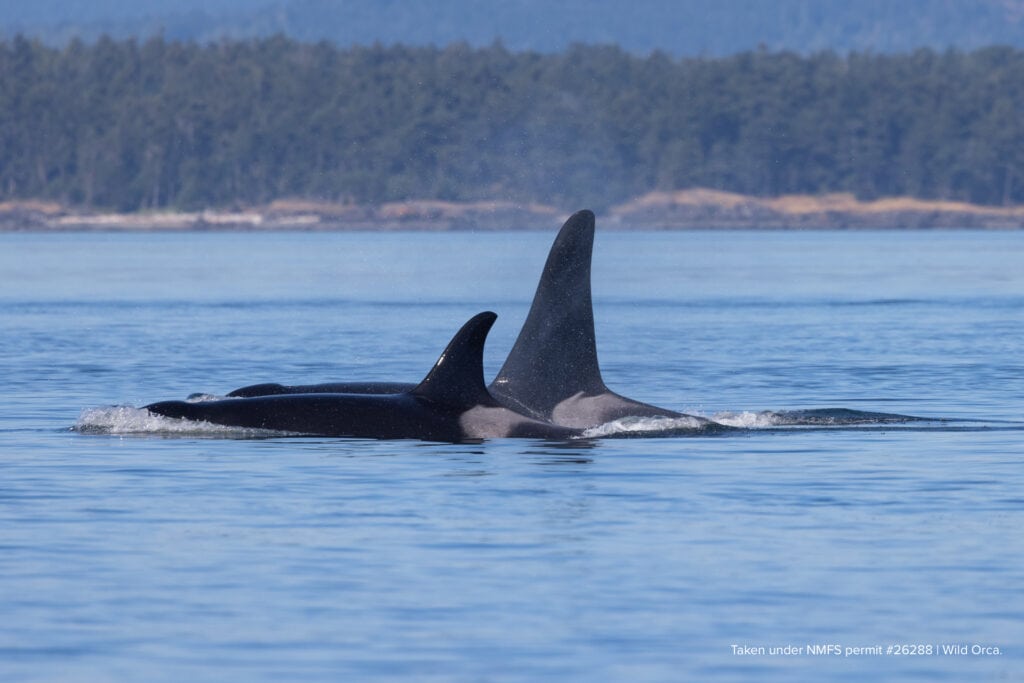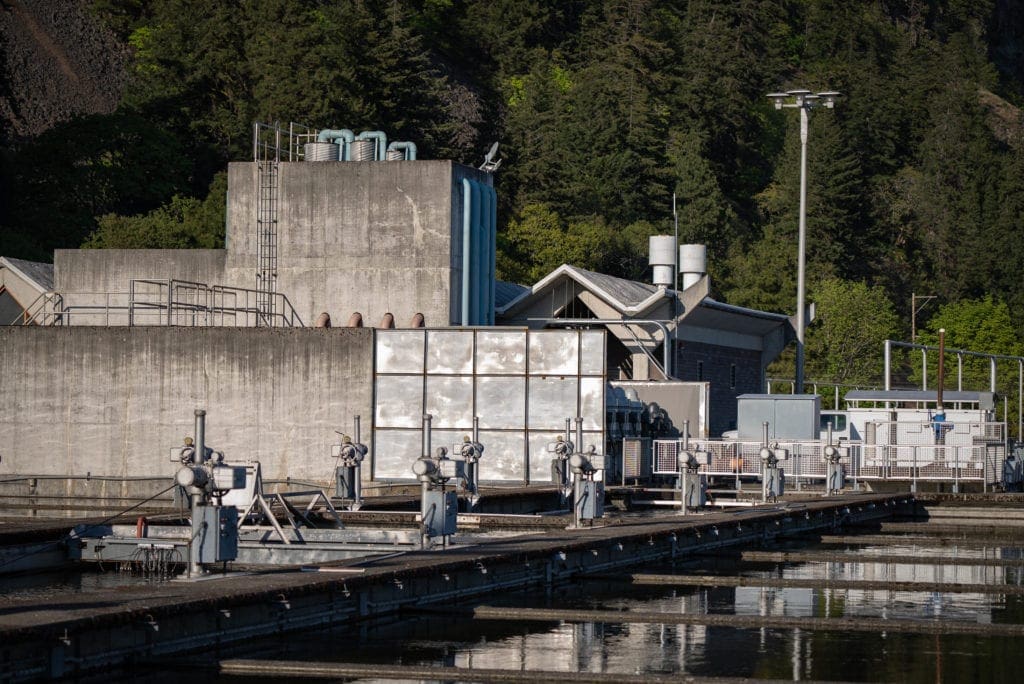
More fish proved a simplistic, problematic, and greedy goal. Hatcheries are not cures for what ails Salmon Nation—they are interventions that, if used judiciously, may offer life support to a few patients. Sunsetting hatcheries because wild fish are thriving would be the ultimate success story.
The Hatchery Crutch: How We Got Here, Hakai Magazine, May 31, 2022






Join our mailing list to recieve important updates on our work, the latest wild fish news, & opportunities to take action to support wild fish.
This site is protected by reCAPTCHA and the Google Privacy Policy and Terms of Service apply.
Wild Fish Conservancy is recognized as a 501(c)3 non-profit by the IRS